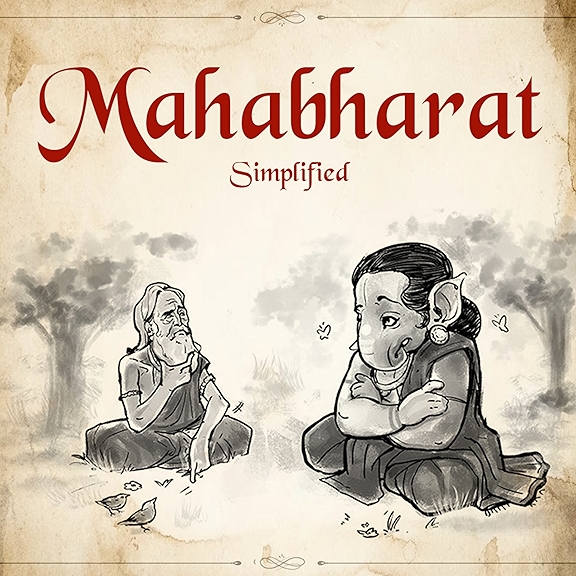
38: Abu Salabikh and the first Semitic-language literature, 2600-2500 BCE (Debate between two women, Lugalbanda & Ninsuna)
Guests: Lily, Annika
First: a literary debate between two women (much of its meaning hidden beneath several layers of abstraction). It tells us a lot about public expectations of Sumerian housewives, but one could argue that it tells us more about their private anxieties (as envisioned by their husbands): sex, property, and enslaved women.
Then, we visit Abu Salabikh, the first major city downriver from Kish, in the north-central alluvium. We're primarily here for its Fara tablets (from the 26th century BCE), which are primarily scribal rather than administrative, for what may turn out to be interesting reasons.
After wondering why they moved the entire city shortly after 2900 BCE, we take a look at these tablets and their contents: gods, languages, advancements in the cuneiform writing system, and so on. Then, we look at the texts from Abu Salabikh that belong to the "Kish tradition" we talked about last time, many of which were apparently written in the local East Semitic language (which some scholars call Akkadian).
Then, a brief detour through various types of bird skeletons found at Abu Salabikh: ducks, geese, doves, crows, and a complete goshawk buried in a child's grave.
Then, we tackle the question of which city this might have been. Was it Gishgi (which I mentioned offhand in a different section)? Or Kesh (with an E)? Personally, I think it's most likely to have been Eresh, home of Nisaba, the patron goddess of scribes and writing. (Is that an interesting reason?)
Finally: a story I've been talking about forever and finally including here, because this tablet from Abu Salabikh marks the earliest known narrative about the kings of Unug, a tradition most famous for the later epic of Gilgamesh.
Questions? Feedback? Email us at drumbeatforeverafter@gmail.com.




















